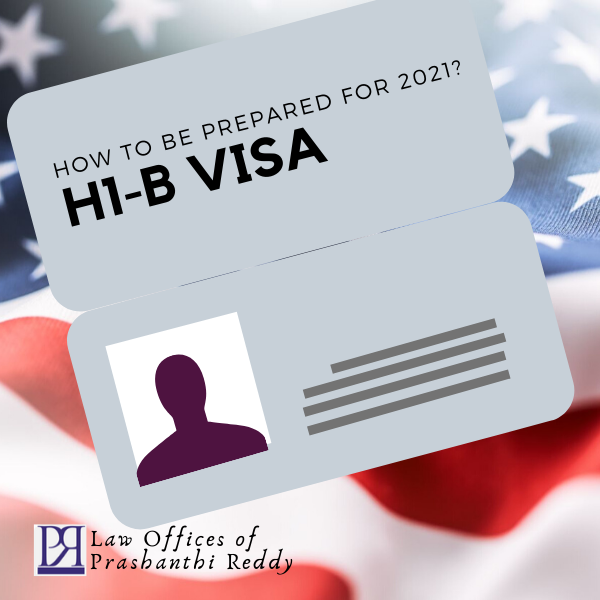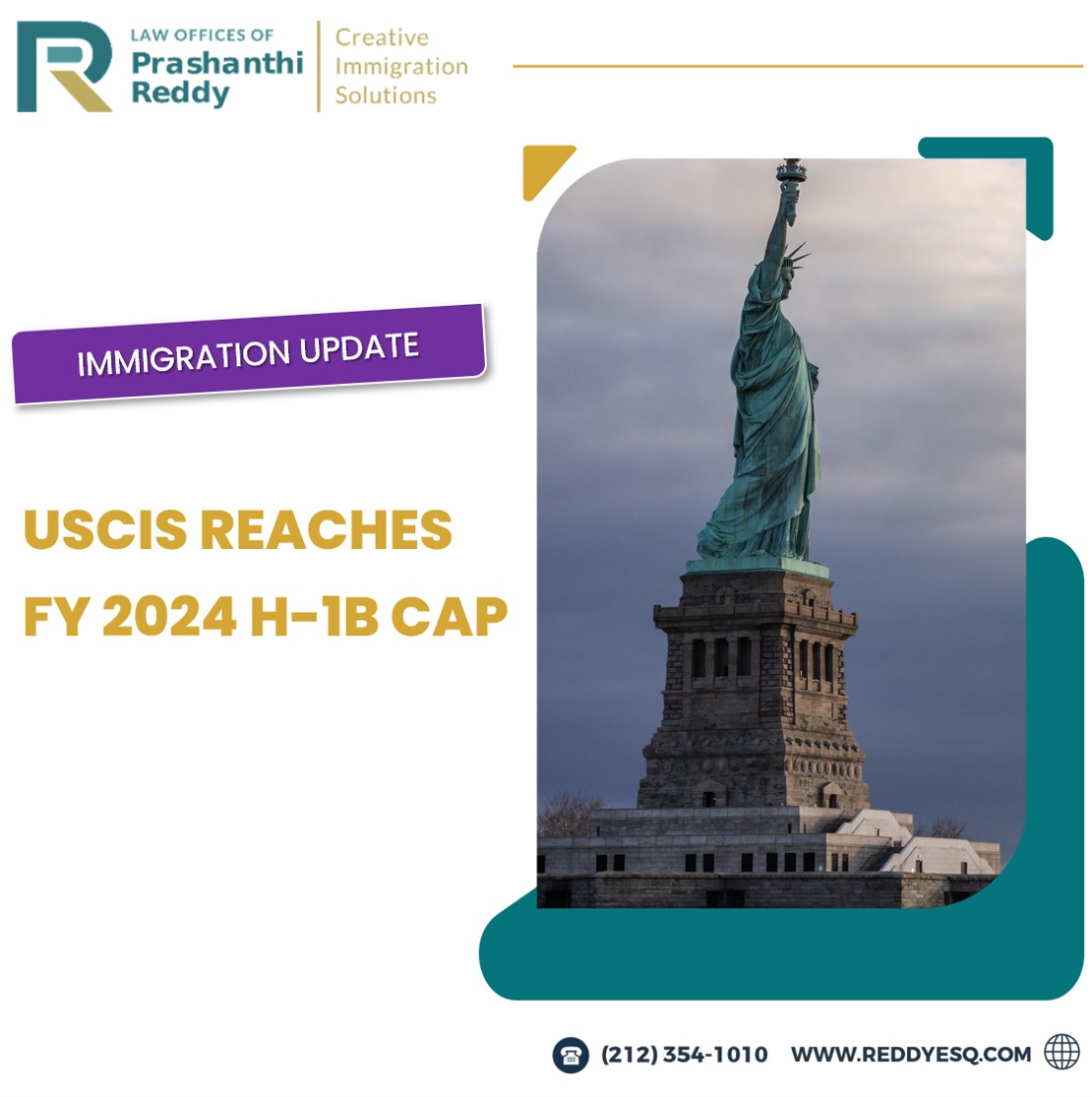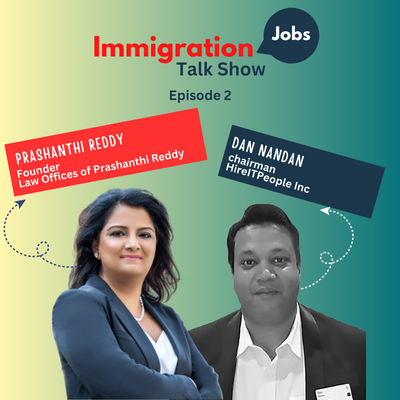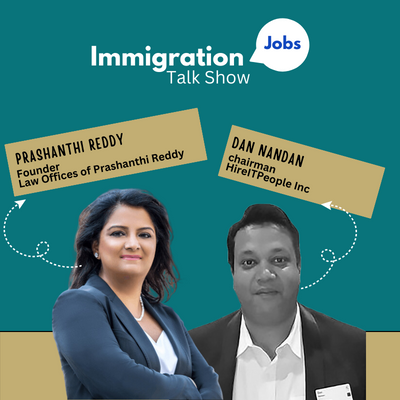This year, we have a new electronic registration process in place, slated to begin on March 1, 2020. Therefore, the entire H-1B cap-season will begin a month earlier. Employers need to take quick action as to which employees to sponsor as well as undertaking the needed preparations. As with any new system, actual challenges remain to be seen on both sides (USCIS and applicants). Because of possible challenges such as system outages (which is a technical issue that normally occurs with newly implemented systems), it is best to go in prepared. The initial electronic registration period for the upcoming H-1B cap season will be from March 1 to March 20. These electronic registrations will be used to select beneficiaries towards the H-1B cap.
Overview
During the initial registration period, employers are to register employees they wish to sponsor and pay a fee of $10 per employee. After the registration period, USCIS randomly selects registrations towards the H-1B cap (which is 65,000, with an additional 20,000 under the H-1B advanced degree exemption). The random selection process determines which employees the employers can file H-1B cap-subject petitions for. Employers have 90 days, starting April 1, to complete the H-1B cap-subject petition filing. The selections are tied to the employer and employee stated in the registration. As such, once selected, neither the employer nor the employee can be changed during the filing process.
Once USCIS completes the processing of an H-1B application, the H-1B employment status starts on October 1. USCIS generally takes three to six months to adjudicate an H-1B petition. Also, although the start of the H-1B status is October 1, H-1B adjudications may extend beyond this date. The premium processing service allows you to fast track the adjudication process. When available, the premium processing costs $1,440 which is an increase from $1410. Employers need to weigh the benefits of premium processing with its cost.
For the initial electronic registration that starts on March 1, only basic information (such as beneficiary’s name, country of birth, date of birth, gender, passport number & educational level; and the company’s legal name, employer identification number, signatory’s name, & employer’s contact information) are required. An LCA is not required.
H-1B Status Eligibility (Specialty Occupation)
To file an H-1B petition to hire an H-1B worker, the job position (and description) must qualify as a specialty occupation, and the beneficiary must be qualified for the position.
For the job position to qualify as a speciality occupation, one of the following conditions must be met.
A . The job position requires a minimum entry of a bachelor’s degree.
B . The role of the job position can be performed by an individual with a degree relevant to the role.
C . The degree the beneficiary holds is a common requirement for the job position in the pertinent industry.
D . The employee requires a degree or its equivalent for the job position.
For a foreign national to be eligible for the H-1B status, one of the following conditions must be met.
A . The beneficiary holds a U.S. bachelor’s degree or higher from an accredited U.S. university or college. The degree must be in a specialty occupation. For instance, a STEM degree. (Only individuals with a U.S. Master’s degree or higher are eligible for selection in the additional advanced degree cap)
B . The beneficiary holds a foreign degree equivalent to a U.S. bachelor’s degree or higher in the specialty occupation.
C . The beneficiary holds an unrestricted state license, certification, or registration that permits the foreign national to practice specialty occupation in the State of intended employment.
D . The beneficiary has work experience, specialized training or education in the related field equivalent to the completion of a U.S. bachelor’s or higher degree in the specialty occupation.
In the last few years, many IT occupations, such as Systems Analysts, Programmer Analysts, Computer Programmer have become non Specialty Occupations as per USCIS’s latest interpretation. USCIS has taken the position that occupations, should require a bachelors in a specific (related) specialty (the USCIS usually refers to the Occupational Outlook Handbook to determine Industry standards for what is common in the industry). Therefore, if a Software Engineer, for example, requires a bachelors in Computer Science or Engineering, the USCIS is denying those cases, on the basis that the job does not require a bachelors in a specific major (as the job requires engineering and as per USCIS, engineering is not related and too broad).
USCIS is also denying cases based on the fact that the duties of the position are vague and do not contain specific details to help USCIS determine if the position meets the specialty occupation threshold.
It is therefore extremely important to have an attorney’s expertise in preparing the application and reviewing the job title and the duties before submission. The approvability of a case depends on due diligence done at the initial stages of the case. We, at the Law Offices of Prashanthi Reddy, can help you review, prepare and submit your case keeping in mind the above factors.
Prevailing Wage and LCA Requirements
H-1B workers have to be paid at least the higher of the following – the prevailing wage for similar job positions in the industry or the actual wage of similar workers employed by the employer. The proposed wage rate must be stated in the Labor Condition Application (LCA).
An LCA is filed with the H-1B petition. This is filed electronically with the U.S. Department of Labor using an ETA Form 9035 / 9035E with DOL. The LCA contains important information on the position offered to the foreign national including wages offered, the prevailing wage for the same position, job title, duration of job position, location of the job, and employer/attorney contact information.
The applicants must be aware of the prevailing wage before filing an LCA and subsequently the H-1B petition. Applicants can use the Foreign Labor Certification Data Center Online Wage Library to quickly check the prevailing wage of the job position.
When filing the LCA, employers can obtain a prevailing wage source by submitting a wage request form (ETA-9141) to the National Prevailing Wage Center (NPWC), using the information provided by a survey conducted by an independent authoritative source, or by accessing legitimate sources of information such as the Online Wage Library.
The LCA also requires employers to notify the U.S. workforce (in particular the bargaining representative of the employer’s employees in the occupational classification).
The USCIS has been issuing Requests for Further Evidence (RFE”s) on cases that have Level 1 salaries. We have been successful in getting those cases approved, but employers should be aware of the issues involved when giving Level 1 salaries, as the USCIS has been stating that those positions do not qualify as a specialty occupation, as they are entry level positions.
H-1B and OPT Cap-Gap
Many potential H-1B beneficiaries hold F-1 status. Many of whom are recent graduates on the F-1 OPT (Optional Practical Training). Foreign nationals with F-1 status may be eligible for H-1B visas, and many employers file H-1B petitions for foreign students on the F-1 status. Since there is a gap between the end of the F-1 status and start of the H-1B status (which is October 1), a regulatory provision called the cap-gap allows graduates on the F-1 status to prolong their stay in the United States until the start of their H-1B status.
The cap-gap extension is a provision that extends the status of an F-1 student eligible for the H-1B visa. As such, the cap-gap bridges the gap between the end of an F-1 status and the start of an H-1B status. The cap-gap applies to F-1 students on OPT (Optional Practical Training). It doesn’t cover students on CPT (Curricular Practical Training). If you are on a CPT, it is advisable to consult your immigration lawyer to examine options available to you.
For an F-1 student on OPT to be eligible for the cap-gap, the H-1B petition must be filed before the expiration of the F-1 OPT status. To ensure this, it may be necessary to file the H-1B petition much earlier than the rest regardless of the 90-day window provided to applicants.
Summary Of Requirements For Filing An H-1b Cap-subject Petition
A . Determine if the foreign national qualifies for the H-1B status.
B . Determine if the job position qualifies as a specialty occupation.
C . Determine the wage rate of the job position. (It must match the prevailing wage of similar job positions in the industry.)
D . Apply for an LCA (labor condition application).
E . Submit the initial electronic registration which opens on March 1.
F . If registration is selected through the lottery system, complete and submit a Form I-129 (Petition for a Nonimmigrant Worker) to the USCIS.
G . After H-1B petition adjudication and approval, beneficiaries outside the U.S. must apply for visa and admission to the United States.
Conclusion
As the electronic registration system has never been implicated before, applicants should expect unforeseen issues and delays. As always, it is prudent to prepare early. Early preparation does not only help avoid expedite fees (such as premium processing fees) but also it gives both the employers and employees the time to decide on and implement the necessary strategic changes. If you plan on filing for H-1B petitions for the 2021 fiscal year, it is not too late to get started. However, it is judicious to have an immigration lawyer who is well-versed in U.S. immigration to help you navigate the system. The Law Offices of Prashanthi Reddy is ideally placed to assist and guide employers through the H-1B registration and filing process.






